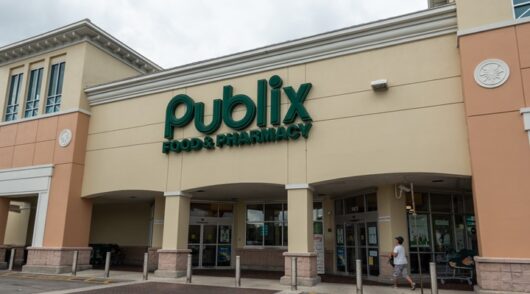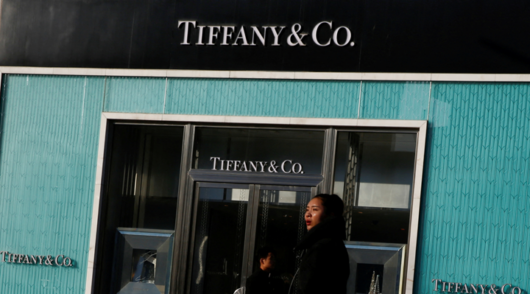March was a solid month for retail, but it fell well short of being spectacular. Total sales rose by 2.4 per cent, which is a bit below the long-run average growth of around 3.2 per cent.
Notably, the numbers are flattered by an earlier Easter which, by our calculations, added some $7.4 billion in sales that last year were made in April. This boosted growth by 1.1 percentage points, meaning that without this benefit overall retail sales would have risen by a very modest 1.3 per cent over last year.
Total tax refunds are running a little bit higher than last year which, in theory, should also be providing a boost – although the reality is that more people are using these to pay down debts or to cover higher costs in non-retail areas than they did in 2023. In essence, this means tax refunds have been less helpful to retail than they have been in previous years.
When the dynamics of Easter and tax refunds are considered, they suggest that underlying consumer momentum has slowed as households continue to adjust to the realities of continued inflation, higher debts, and lower savings. This is reflected in retail volumes which were down by 0.7 per cent this month. Even on Easter goods, consumers shopped more frugally and conservatively than they did last year.
On a sector basis, food and grocery stores led the way with a 3.5 per cent increase in sales in dollar terms and an uplift of 2.1 per cent in volumes. Accounting for the extra trading day last month, this is one of the best performances of the sector in some time. Although, again, a lot of it is because of the earlier Easter which boosted spending on food and candy compared to the prior year when much of the spending went into April.
At apparel stores, sales increased by 3.1 per cent with volumes up by 2.5 per cent. A pickup in the weather and consumers looking for new spring garments helped to boost the numbers. However, retailers had to work hard to secure custom with some good promotional deals across March helping to nudge consumers into buying. The polarization of growth between value players and the middle market also continues, with the latter continuing to lose share, albeit at a moderate pace.
Notably, beauty and personal care stores saw sales decline by 0.3 per cent which is unusual for a sector that has traditionally been one of the best-performing in retail. Some of this is down to a slightly softer flu season which mostly impacts drugstore sales; however, this nowhere near accounts for all the decline. From our data, we also see there was a pullback on beauty spending in March as consumers tried to budget more effectively and to balance their spending on apparel and dining out with cuts elsewhere. One month’s slip does not make for a trend, but this is a worrying sign that consumers are starting to retrench. It also reflects comments from chains like Ulta that sales growth is weakening.
Unsurprisingly, home-related categories continue to fare badly. Sales and furniture and home furnishings stores fell by 8 per cent, while home improvement retailer revenue slipped by 7.3 per cent. Even electronics stores, which usually get a boost during tax refund season, saw sales decline by 1.5 per cent. The sluggish housing market is still sapping demand, as is weaker confidence in making big-ticket purchases.
Food service spending increased by 6.8 per cent. A lot of this is powered by inflation which remains very hefty in the sector. However, the earlier Easter also boosted dining out a little, so underlying volumes were up by 2.1 per cent. Consumers’ prioritization of experiences over things, especially during periods like spring break when travel and eating out are elevated, increasingly comes at the expense of buying things.
Overall, March continues to point to a reasonable year for retail. However, signs of a more constrained consumer continue to abound beneath the headline numbers.
- Neil Saunders is the managing director of GlobalData.






